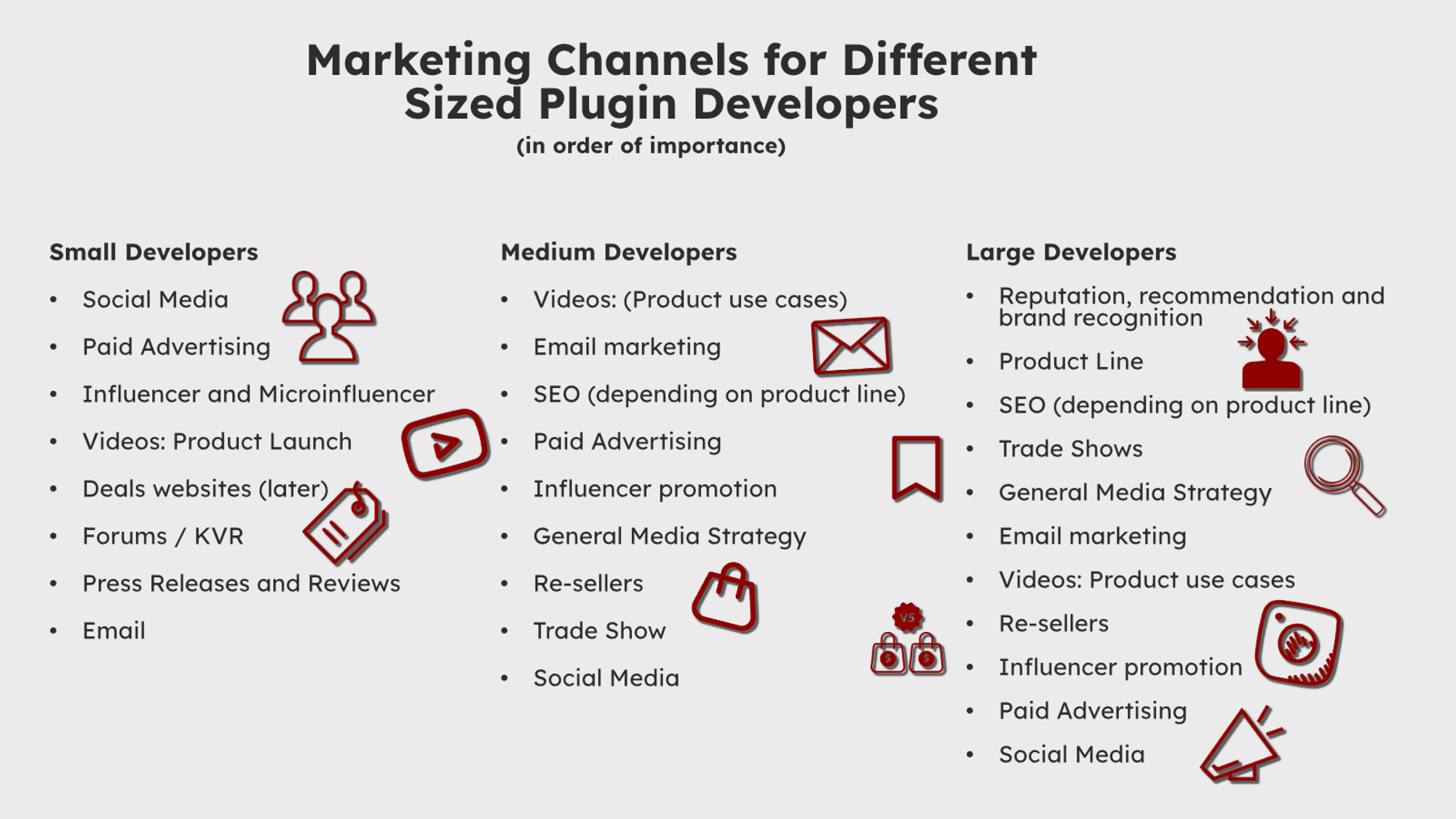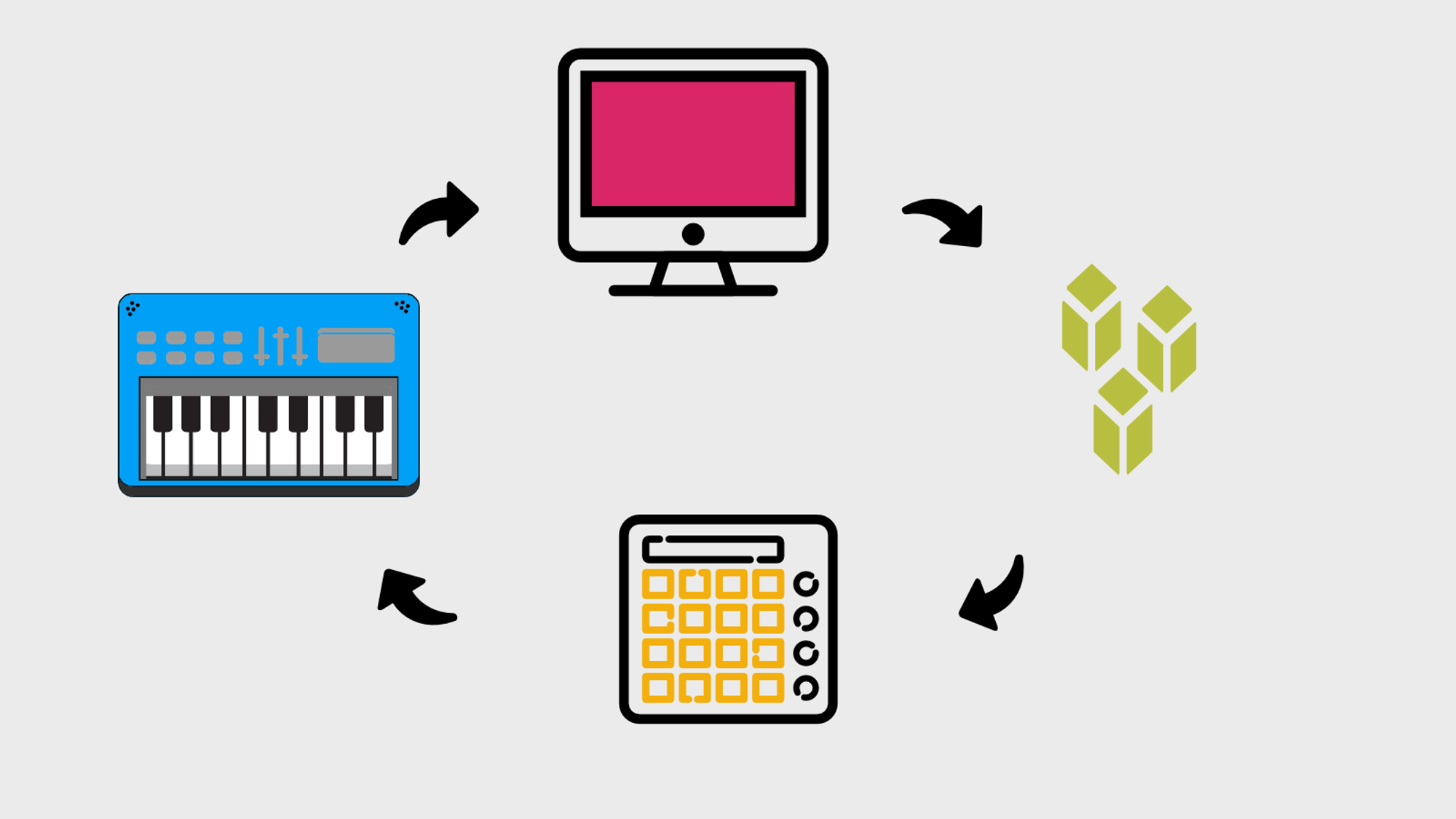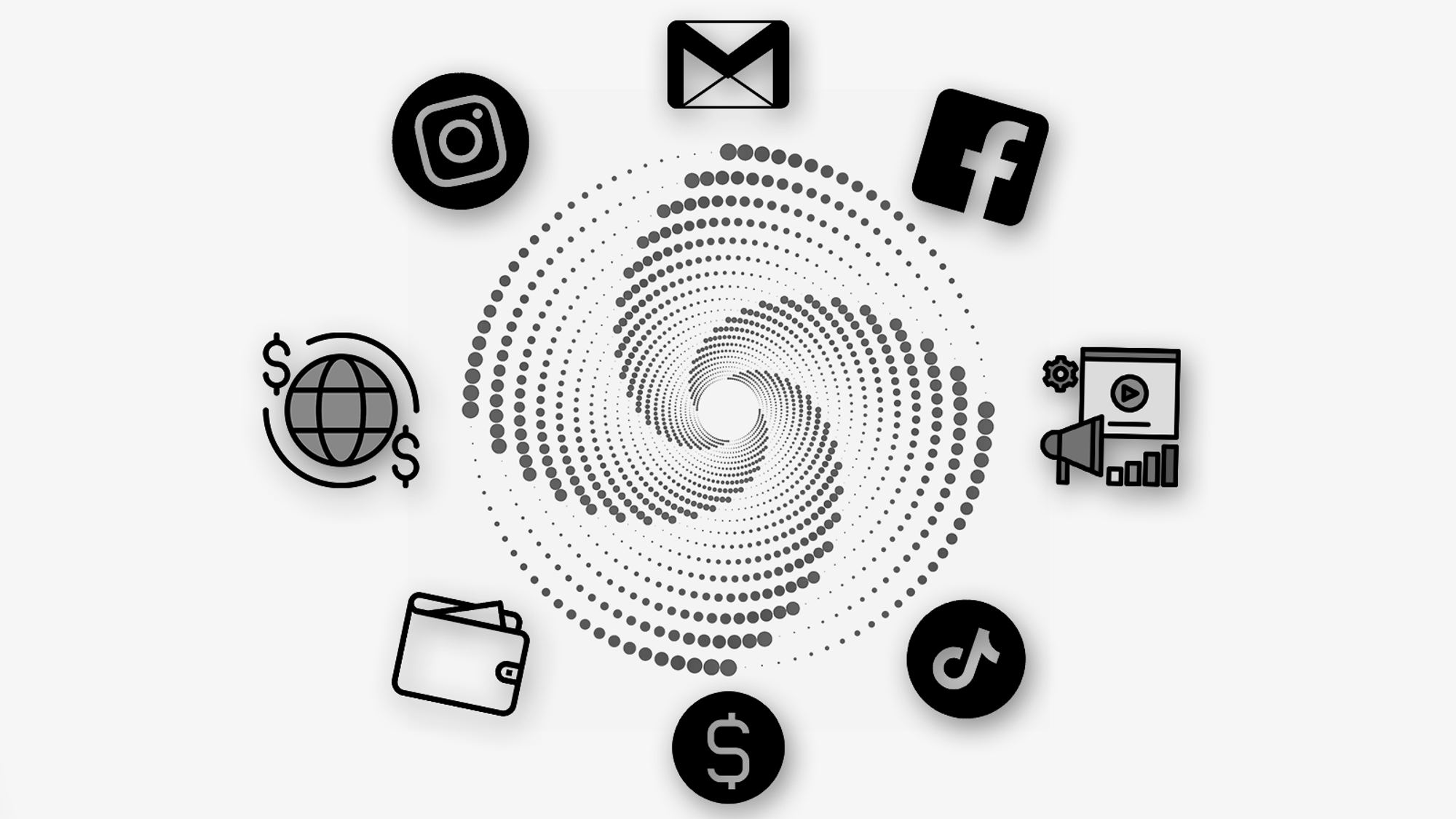Wednesday, October 1, 2025
How Does a Medium-Sized Plugin Developer Become a Big One?

James Russell
James is a business and marketing consultant for music software companies. He's always on the lookout for new startups with the next big thing.
https://www.eggaudio.com/This is the second of two articles in a pair. In the first of these two articles, I outlined how effective marketing differs between small and medium-sized plugin developers, that it was a question of marketing channel usage, and that therefore marketing can play a part in the company’s growth by ensuring a transition through those channels.
This time, we’ll extend the frame to larger developers. For this jump, there’s a definable change in channel types, but the new channels themselves become more vague. I’ll define looser channels like “brand” as well as I can, and I’ll also define the various channels used throughout all company stages – from small, to medium and to large.
The usual caveat: every company is different, every product is different, and your situation may not line up exactly with this advice. I’m assuming an idealised generic and average company and product line throughout. Some plugins work great for SEO. Some plugins lend themselves more to a media strategy. Some plugins need a very light touch and will fly off the shelves.
Marketing channels for small, medium and large
First, let’s recap the marketing channels from the previous article, now adding a third category for larger developers.

What we can see is that the usage of vaguer, softer channels goes up as the company gets larger. Ideally, many sales are generated through referrals, word of mouth, and just being “the best option” (well, often just the most well-known option).
DAW developers are a good example of softer marketing. You’re unlikely to see a YouTube ad for Ableton Live… but you’ll see the DAW itself everywhere, for obvious reasons. Where Ableton’s efforts were spent were in the past, striving for dominance among educational users with certification and building artist associations – of course, having a great product was the key ingredient. You’ll see similar strategies from Steinberg and Apple in selling Cubase and Logic Pro, getting their users early in their career, and focusing on referrals and reputation rather than direct ‘sales’ tactics.
The B Word
As a company grows and becomes established, it tends to start using the B word. That’s right – growing past a certain size usually has a lot to do with growing your Brand. Instead of living from day to day, driving initiatives and campaigns to generate handfuls of sales, a larger, more successful developer starts to rely on their reputation and word of mouth recommendations to make their money.
What is a brand?
I think that a brand identity uses the same modules that we use to rate a person's reputation or personality. Just as there are people we do or don’t want to associate with, even if we’re only just meeting them, there are brands we want to associate ourselves with just from their reputations.
In people, a reputation is built – or nurtured – from many small behaviours and decisions, iterated across time. For a company, its brand is no different. A brand is the reputation of the company, built through consistency with every product launch, every social media post, every email subject line, every review and testimonial, and every customer interaction.
How does a brand get built?
What we feel about a brand – whether it’s McDonalds, Audi, UPS, H&M or Tabasco – is the cumulative effect of every decision they have made, run through the filters of public perception. If a brand acts consistently, it establishes a dependable personality; if it acts erratically, it will establish either a bad brand or no real brand at all.
Having a good brand is like having a license to print money, but it couldn’t be any other way. A good brand is earned through reputation and good behaviour, so it should come as no surprise that customers are lining up to open their wallets for it. (The other side of the coin is that, after getting big, a company can choose to trade its brand back in, milking it dry in exchange for short term sales. We can all think of examples.)
Growth Hackers
Another growth strategy, but not one for every company, is ‘The Marketing Machine’. Using a combination of measurable and trackable methods (to the extent that this is possible), the idea is to demonstrate a definite return on investment through advertising. If you can prove that for every $100 you put in, that $200 falls out, then why not start adding zeroes? Welcome to millennial capitalism!
In reality, this sort of ‘performance growth’ system doesn’t tend to work in isolation. Unless you’re selling a MIDI pack, there are the sticky wickets of product development and human maintenance to consider. With advertising spend so high, it’s possible to make mistakes that do damage. This sort of machine isn’t a “set it and forget it” deal!
Establishing an Ecosystem
You’re very likely aware of business strategies like those of Apple. Once you’ve got the phone, you get the computer, and you have to get the earphones, the toothpicks, the cat collar and the tracking tags in case you lose them all.
Music software isn’t far behind. One example is bundling, which lets buyers get their EQ, their compressor, their flanger and everything else from you. Companies like Slate Digital (subscription), FabFilter and many others have long since perfected this method, but the ecosystem kings of music production would surely be Native Instruments, whose Komplete bundle is flanked by their Kontakt and Reaktor platforms, their Kontrol keyboards or Maschine controllers and many third-party options.

With bundles, many plugins, if sold individually, are probably not making the healthiest profits on their own. But they still contribute to the perceived value of getting a huge number of plugins for cheaper as part of the larger collection.
As a developer starting out, if this looks like it will be your roadmap, you’ll have to strategically ensure the gaps are filled, so that you can produce a bundle with a comprehensive set of tools at an attractive price. The earlier you start fitting the pieces together, the better.
Glossary of Marketing Channels and When They Matter
The following list takes the channels mentioned throughout these two articles, and explains each one further, describing when you would use it to greatest effect, and when you wouldn’t.

Social Media
Now a ‘classic’, social media marketing involves actually engaging an audience of followers. Practically speaking, this is most reliably done with videos, but note that these aren’t ‘problem-solving’ videos, but more like tips, tricks and techniques – social media is not a search engine, it’s closer to a method of entertainment.
Paid Advertising
There are many ways to use advertising. Most are hard to measure. Depending on the product, ‘discovery’ type advertising acts to make people aware of a plugin, while ‘remarketing’ and ‘search’ advertising have their place, but not for every developer or every product.
Influencer and Microinfluencer
Working with YouTube channels to arrange sponsored videos, and with smaller-scale influencers (or microinfluencers) on social media. These deals can provide a quite measurable return, and the range of deals available can help developers ease down the road to this strategy with less risk at the start.
The Three Sisters of Digital Marketing
Those channels mentioned above – social media, paid advertising and influencer marketing – function in a reciprocal way. A good social media profile provides trust and an infrastructure to generate sales; microinfluencer marketing provides content and adds third-party social proof (trust); paid advertising widens the scope of both channels, which in turn make advertising more effective. All three can propel a small company into the next category.
Videos: Product Launch
It seems that, when presented with a plugin, most people choose to ‘find out more’ via watching videos rather than via reading about it – even on the developer’s product page on their website. A launch should come attached with at least two or three good videos to help the ‘find out more’ effect, and can act to show off the plugin’s features, given their extreme bandwidth. These should be used by developers at every stage, and nearly universally, they are.
Videos: Product Use Cases, Engagement
A different category of video, these include tips and tutorials using the plugin, or more evergreen content about music production in general. These videos should be watchable in their own right, rather than in regard to a plugin release, as the videos above. Good examples are those created by FabFilter and Cableguys.
Reputation, Recommendation and Brand Recognition
Described above in the Branding section, this becomes the key way a business generates money, even if the edges are ill-defined.
Deals Websites
Sites like AudioPlugin.deals and similar can be a great way to gain exposure for a smaller developer, but appearing here usually requires a heavy discount, which might not be within your strategy. Deals websites are great ways to grow your user base, as long as they align with your general goals.
Forums and Communities
Some plugins are more ‘forum-worthy’ than others. For something that requires more of a ‘trickle-down’ effect, like a mastering plugin, finding a good reception in online forums is nearly essential. Other audio software isn’t quite so reliant on this channel, but for smaller developers, the benefit is usually huge.
Press Releases, Reviews, Websites
In an ideal world, everyone should be making buying decisions after receiving unbiased advice. Unfortunately, plugin reviews and media outlets aren’t as key in the buying process as they used to be. Nevertheless, for a small developer, getting media coverage can make a huge difference to sales. Later on, these activities can be merged into a single block of ‘public relations’.
Email and Newsletter
One of the oldest, but still one of the most powerful tools in digital marketing. If you can provide enough value to someone in your emails that they want to receive them and continue to read them, then you have a marketing channel built in as well – providing you don’t use it to push too hard.
SEO
Don’t assume that SEO will be a good marketing channel for you. I have written and edited hundreds of articles for plugin developers, and I’ve come to believe that SEO should be used very selectively – it doesn’t benefit the majority of plugin developers, but those who it does benefit will find it very helpful indeed. Please also note that not needing SEO doesn’t mean that you shouldn’t have a Blog on your website, which is used for much more than just traffic generation.
Trade Shows
Speaking directly to music producers, whether fans or prospective buyers, provides a fresh perspective that can be incredibly useful and refreshing. Given the overheads that go into trade show appearances, I wouldn’t advise this for a software company in its early stages. Hardware manufacturers and longer-established software developers will benefit, though.
Start selling through Moonbase
Sign up today to get started selling your software through Moonbase.
